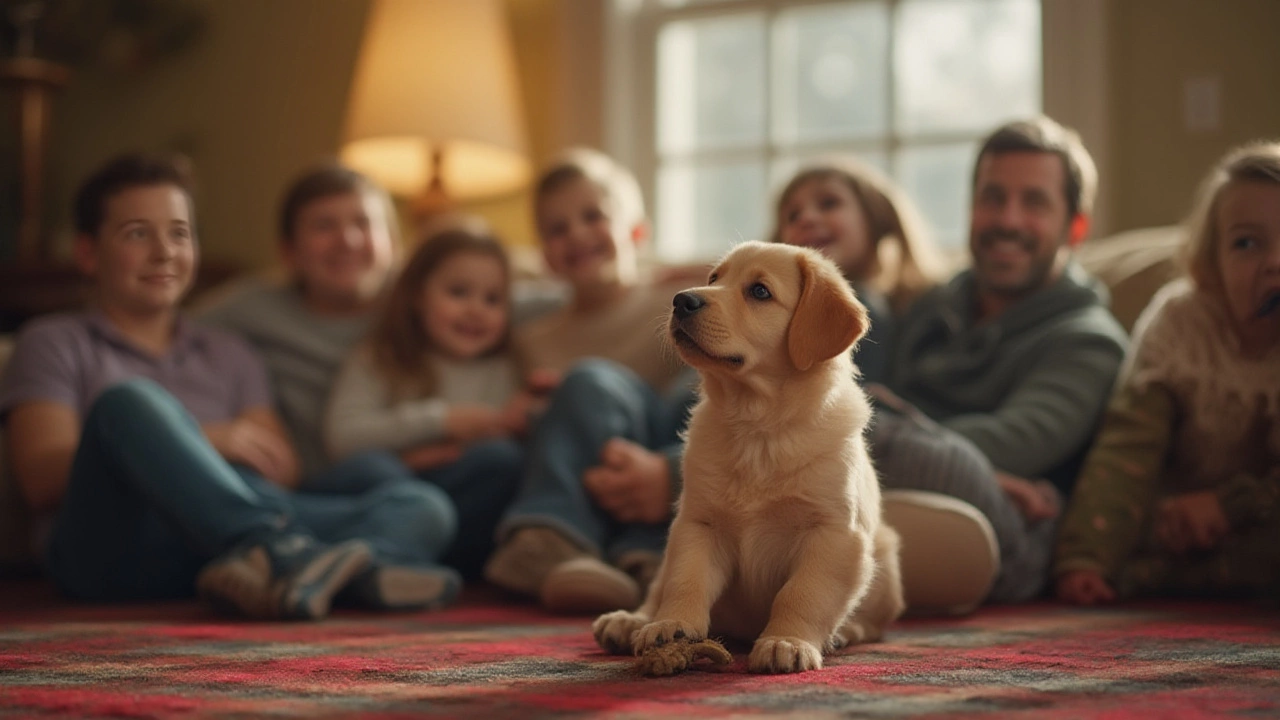When Do Puppies Stop Biting? Simple Answers and Real‑World Tips
Anyone who’s ever owned a puppy knows the nip‑nip‑nip cycle – you’re playing, they bite, you say “no,” and the cycle starts again. It’s annoying, but it’s also a normal part of puppy development. The good news? Most pups outgrow it, and you can speed up the process with a few easy steps.
Why Puppies Bite in the First Place
Puppies use their mouths to explore everything, just like toddlers. When they’re teething (usually between 3 and 6 months), their gums feel sore, so chewing feels good. Biting also comes from excitement – a burst of energy turns into a quick bite on your hand, sock, or the couch cushion. Finally, they learn social cues from their littermates: a gentle bite tells a canine “that was fun, try again.” In a human‑only world, that gentle bite can feel like a full‑blown nuzzle.
How Long Does the Biting Phase Last?
Most puppies start to tone down the nipping around 4 to 6 months old. By the time they hit 7 or 8 months, the urge to bite usually drops dramatically, especially if you’ve been consistent with training. Some larger breeds or high‑energy pups may carry the habit a little longer, sometimes up to a year, but the intensity lessens. The key factor isn’t the exact age; it’s whether the pup has learned that bites are not welcome.
Here’s a quick age guide:
- 2‑3 months: Lots of mouthing, especially with toys.
- 4‑6 months: Biting still shows up during play, but they’re beginning to understand “no.”
- 7‑12 months: Most pups stop biting strangers and settle down with consistent cues.
- 12+ months: Any lingering bite is usually a habit that needs extra work.
Now that you know the timeline, let’s talk about what you can do today.
Redirect with chew toys. Keep a stash of safe, rubber chew toys nearby. When your puppy goes for your hand, say a firm “no,” then hand them a toy. This teaches them that toys, not skin, are bite‑worthy. The “Puppy Chew Toys” post on our site lists the best options for teething pups.
Use a short timeout. If a bite is hard or persistent, gently end the play session. Stand up, ignore the puppy for 30 seconds, then resume calmly. The brief pause signals that biting cuts off fun.
Teach “Leave it” and “Gentle.” Start with a favorite treat in your hand. When the pup sniffs, say “leave it.” When they back off, reward with a small piece and praise “gentle.” Repeat until they understand the command in everyday situations.
Keep play sessions brief. Puppies have short attention spans. Five‑minute play bursts followed by a calm break help them stay focused and less prone to over‑excitement bites.
Consider crate comfort. A covered crate at night can make a nervous puppy feel secure, reducing the need to bite out of anxiety. Our “Puppy Crate Training” guide explains how to set up a cozy crate without over‑covering.
Remember, consistency beats intensity. Every family member should use the same word (“no,” “ouch,” or “gentle”) and the same consequence. Mixed signals only confuse the pup and prolong the biting phase.
Finally, celebrate the small wins. A single session without a bite is a big step forward. Keep offering praise, treats, and new toys, and you’ll see the nipping fade faster than you expect.
Got a stubborn nipper? Try swapping out old toys for a fresh chew, keep training sessions short, and stay patient. In most cases, by the time your puppy hits the one‑year mark, the biting will be a distant memory.
When Do Puppies Stop Biting? Expert Puppy Biting Timeline & Tips
Curious when your puppy will stop biting? Learn what age puppies stop biting, why they bite, and get proven tips to curb puppy biting fast.
